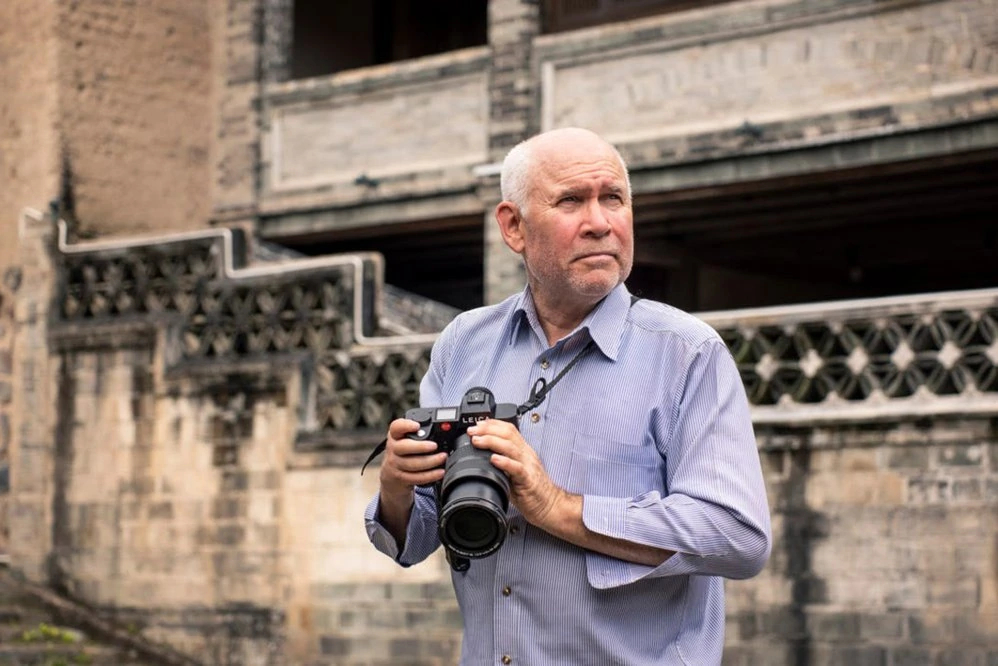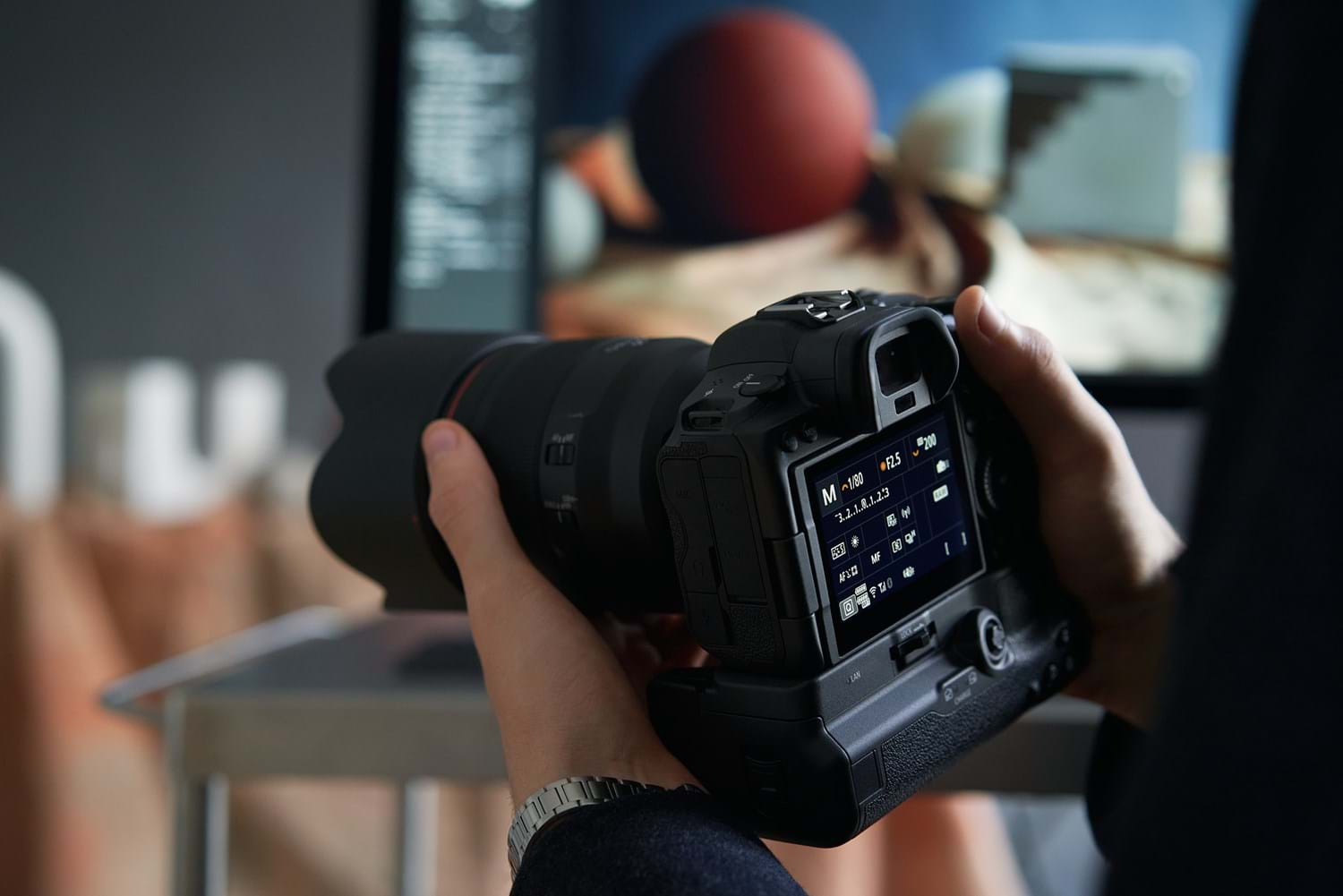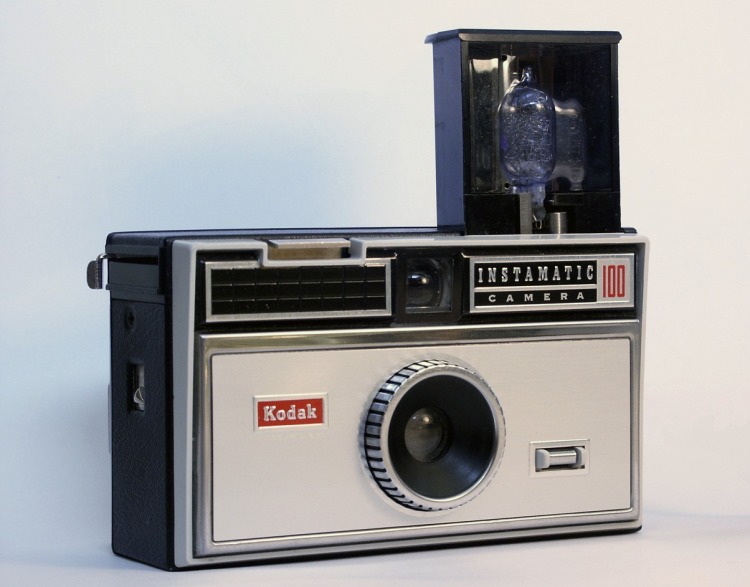In our digital age, cameras are essential for capturing life’s moments, whether through a smartphone, webcam, or digital camera. However, these devices can sometimes malfunction, leaving you wondering why your camera isn’t working. Nothing is more frustrating than a camera that won’t cooperate, especially during significant events or meetings. This article will guide you through a comprehensive troubleshooting process to identify and resolve common camera issues across various devices.
Initial Diagnostic: Checking the Basics
Ensuring Proper Connection and Power
First and foremost, check if your camera is correctly connected to your computer or device. For external webcams, ensure the USB is securely plugged in. If it’s a wireless camera, confirm that it is appropriately paired or connected via Bluetooth or Wi-Fi. For all types of cameras, verify that they have sufficient power, whether it’s from batteries or a charging source. If the power is depleted, recharge or replace the batteries and try again.
Software Permissions and Settings
In many cases, especially with integrated or external webcams, your camera may not work due to incorrect settings or software permissions. Navigate to your device’s privacy settings and confirm that the camera has permission to be used by the application you’re attempting to use. If your device has recently updated its operating system, double-check these settings, as updates can sometimes revert previous permissions.

Device-Specific Troubleshooting
Smartphone Cameras
For smartphone cameras that aren’t working, start by closing all running apps and restarting your phone. If this doesn’t solve the issue, check for any updates to your phone’s operating system, as outdated firmware can lead to camera malfunctions. Additionally, if your camera app crashes upon opening, try clearing the app’s cache and data or consider reinstalling the app altogether.
Webcams and Digital Cameras
If you’re dealing with a webcam or a digital camera not working, it’s important to ensure that your computer’s drivers are up to date. Visit the manufacturer’s website to download the latest drivers for your specific camera model. If the camera is still not functioning, try using it with a different computer or USB port to isolate the problem. For digital cameras, also ensure that the memory card is not full or locked, as this can prevent the camera from operating correctly.

Advanced Solutions: When Simple Fixes Don’t Work
Firmware and Software Updates
For persistent issues, check if there is a firmware update available for your camera. Both smartphones and dedicated digital cameras periodically release firmware updates that can resolve bugs and compatibility issues. For integrated webcams, updating your computer’s operating system and any relevant software can address underlying issues.
Resetting and Restoring
As a more drastic measure, consider factory resetting your device if the camera is still not working. For smartphones, this will revert the device to its original settings, which can often clear up any software glitches. Ensure that you back up all important data before performing a reset. For digital cameras, look for a ‘reset’ option within the settings menu to return the camera to its default state.

Seeking Professional Help
Manufacturer Support
When all DIY troubleshooting methods have been exhausted, it’s time to turn to the experts. Contact the manufacturer’s customer support for assistance. They can provide specialized guidance and, if needed, repair or replacement services if your camera is under warranty.
Repair Services
If the camera is no longer under warranty, or if you prefer immediate assistance, consider taking your device to a professional repair service. They have the tools and expertise to diagnose and fix hardware-related issues that are not easily solved at home.

Comprehensive Software Check: Diving Deeper into System Settings
Operating System Conflicts
Compatibility issues between your camera and the operating system can often be overlooked. For instance, after a major update, your OS might need additional configuration to work seamlessly with your camera hardware. Check the system logs for any error messages related to the camera or imaging devices. Sometimes, a rollback to a previous version of the OS or an additional patch provided by the manufacturer can rectify these conflicts.
Third-Party Software Interference
Another area worth investigating is interference from third-party software. Antivirus programs, VPNs, or firewalls can sometimes block camera access. Temporarily disable these programs to test if they are the cause and adjust their settings accordingly. Also, if you’ve recently installed new software, consider whether it may be monopolizing the camera or causing compatibility issues. Uninstalling recent software might reveal the culprit.
Corrupted System Files
Corrupted system files can lead to numerous hardware issues, including a non-functional camera. Running a system file checker (for Windows users) or disk utility (on macOS) can help identify and repair any corrupted files that might be affecting your camera’s functionality. These utilities can be found in your system’s administrative tools and can fix problems without the need for more drastic measures.

Environmental and Hardware Considerations
Camera Hardware Test
If software solutions don’t seem to resolve the issue, it’s important to test the camera hardware itself. For external cameras, try connecting them to another device. If the camera works on a different system, the issue likely lies with the original device’s hardware or configuration. For built-in cameras, if accessible, check the physical connections (like ribbon cables) for any signs of damage or disconnection.
Environmental Factors Affecting Camera Performance
Sometimes the environment can play a role in camera functionality. Extreme temperatures, moisture, or dust accumulation can affect performance. Ensure that the camera is kept in a clean, dry, and temperature-controlled environment. For delicate camera components, using canned air to remove dust or a soft cloth to clean the lens can sometimes improve the camera’s operation.
The Final Resort: Professional Assessment and Repair
Certified Repair Centers
If you’ve exhausted all troubleshooting steps, seeking professional help is advisable. Certified repair centers have the expertise to diagnose problems that go beyond the reach of standard troubleshooting. They can offer repair or replacement of intricate parts and provide a professional assessment of whether it’s more cost-effective to repair or replace the camera.
Weighing Repair Costs Against Replacement
When dealing with a faulty camera, consider the age and value of the device. If the camera is an older model, the repair costs might outweigh the benefits, and it could be more economical to invest in a new camera. On the other hand, if the camera is a newer, high-end model, professional repair can extend its lifespan substantially.
The Importance of Regular Maintenance
Regular maintenance is crucial to avoid future camera issues. Keep your camera and its components clean, ensure a protective case is used when necessary, and schedule routine checks for firmware updates. Practicing these habits can help you avoid many common problems and prolong the life of your camera.
In conclusion, determining why your camera isn’t working can be a complex process that involves checking for simple issues like power and connection, adjusting settings and permissions, updating software and firmware, and even performing resets. By following these troubleshooting steps methodically, you can often resolve the issue on your own. If the problem persists, don’t hesitate to reach out to the manufacturer or a professional repair service for help. With some patience and effort, you can usually get your camera back in action and ready to capture your valuable moments.
